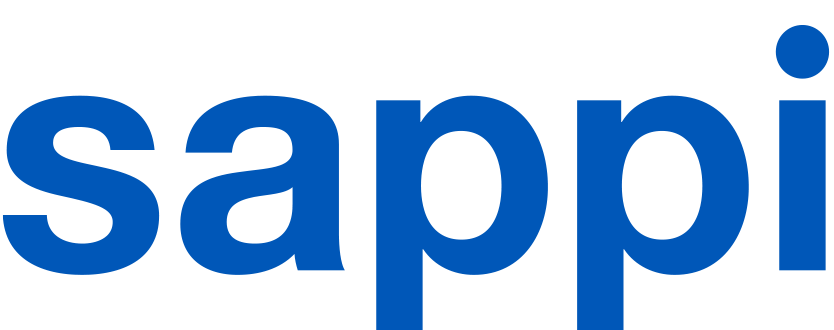
I recently read that good creative briefs enhance collaboration between creative and marketing1. With this in mind, I wanted to share an article that will help you compile a successful creative brief so you can get the best results for your campaign.
This tip sheet was written by and is reprinted with the permission of Delphine Hirasuna and published in @Issue, Volume 2, No. 2.
Whether the project is an annual report, product design, packaging, Web site, interactive product, marketing brochure, corporate identity program or environmental graphics, companies can save time and misunderstanding by putting together a design brief before interviewing prospective design firms. Unfortunately, too few corporate managers take the time to prepare a brief, thinking that "talking it through" in a meeting will suffice. A written brief offers two important advantages, however: 1) It demands that in-house managers clarify the project's business objectives at the start, and 2) it gives designers a summary of key corporate points to refer to later on. But keep the design brief short, and recognize that its purpose is to provide enough information to assess the proposed assignment realistically without discouraging creative exploration.
1. Corporate Profile
Even if your corporate rename is more famous than Lady Gaga, don't assume everyone knows what you do. People may only know your company by name, or have an outdated image of what you do, or think of you too narrowly in terms of one product or one market area. A designer's erroneous assumptions about your business can skew the entire opening discussion, so first provide a synopsis of your current line of business, market emphasis and reach, along with pertinent historical highlights.
2. Market Position
Provide a realistic evaluation of your organization, service or brand relative to your competitors. How is your company unique or different? What is your standing in the industry? What marketing communications techniques are most effective among your competitors?
3. Current Situation
Explain the situation that instigated the need for this project. Examples: Our brand identity isn't working anymore. The Generation X thinks of us fondly from their youth, but their children consider us too conservative. We're about to launch a big push into global markets, and our packaging hasn't changed since we were a regional company. We just went public and need to be taken seriously on Wall Street.
4. Business Objectives
What do you want to achieve? If it's a Web site, what points are you pushing? If it's a corporate capabilities piece, what are the key messages for the year? If it's a product design, what attributes do you want to convey? Define your objectives.
5. Target Audience
Who are you trying to reach? Are you reaching them now? If not, what do you feel is missing? For multiple audiences, rank them in terms of importance. Provide demographic information, if relevant. Explain any unusual or unique attributes about your audience.
6. Corporate/ Brand Personality
What is your image in the market Place? How do you want to be perceived? Cutting edge? Relaxed and friendly? Trendy and elegant? Inexpensive and approachable? What subliminal messages do you want to convey? Jot down a list of adjectives describing the image you want to project and another describing messages you want to avoid.
7. Budget
Until you know what form the solution will take, it's hard to define a budget. However, it usually helps to state a ballpark figure for the total project, so that the designer knows whether you are thinking about a three-panel brochure or a 48-page full-color book. Some companies undertake design projects so infrequently, they have no idea how much things cost. They come in with lavish samples of what they want, only to discover that something comparable would wildly exceed their budget. In fairness to the design process, it is important to provide a budget range, so that the designer can develop concepts with that in mind - or advise you early-on that the ideas you want to execute will cost more than is currently budgeted. Don't try to breakout the budget by line items i.e., design, photography, typesetting, printing, paper, etc.; let the designer do that once the solution is defined.
When it comes to budgeting at this early stage, it's important to build in flexibility, so that you don't miss an opportunity to get the perfect solution, which may happen to cost just a few dollars more.
8. Schedule and Deadline
What absolute targets must be met? A product launch at a conference that happens once a year? An SEC filing? A Board of Directors' presentation? If this is a program with many elements, is there a rollout sequence? Does the print advertising have to coincide with the brochure distribution, for instance? State any interim targets that must be met during production, if relevant, and when the project must be completed.
9. Design Medium
What medium do you have in mind for the design? A print piece, advertising, packaging, Web site, email blast, social media campaign, poster, exterior signage, video, AR/VR experience - or all of the above? Do you have a particular size in mind e.g., a 24-page self-cover brochure, a direct mail piece that fits a No. 10 envelope? In some cases, the situation will dictate the medium; in others, the best medium may emerge through an audit and analysis of your needs. State your preference but keep an open mind.
10. Technical and Practical Constraints
Does the designer have to stay within certain parameters? Is it a point of-purchase display that has to meet specific supermarket guidelines? A brochure that has to be translated into three languages? Packaging that must include recycled materials? If there are inflexible constraints, state them up front. Don't base your parameters simply on the fact that "it's always been done that way," because you may prevent your designer from coming up with a solution that no one has ever considered before.
1 2019 In-House Creative Management Report, published 2019 by InSource and InMotionNow





















































































